Featured Courses
More
Intermediate
Technical Analysis: A Useful Tool to Understand Trends in Futures Trading
Learn to interpret candlestick patterns and identify market trends. Build a technical analysis system to make informed trading decisions.
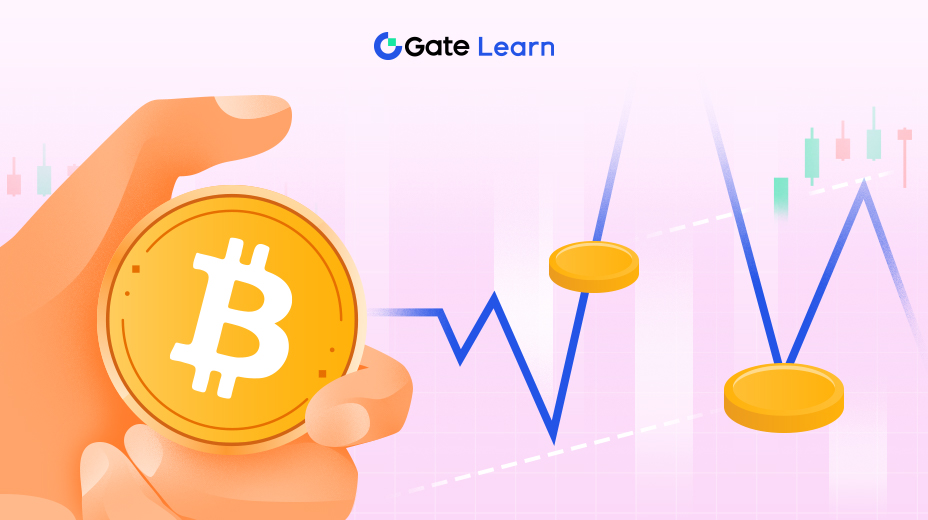
Advanced
Tools That Help You Trade Better: Moving Averages, Trend Lines, and Indicators
There are no trading rules that are applicable to any scenario. These courses will help you establish your own trading strategy, then test it and improve on it in practice
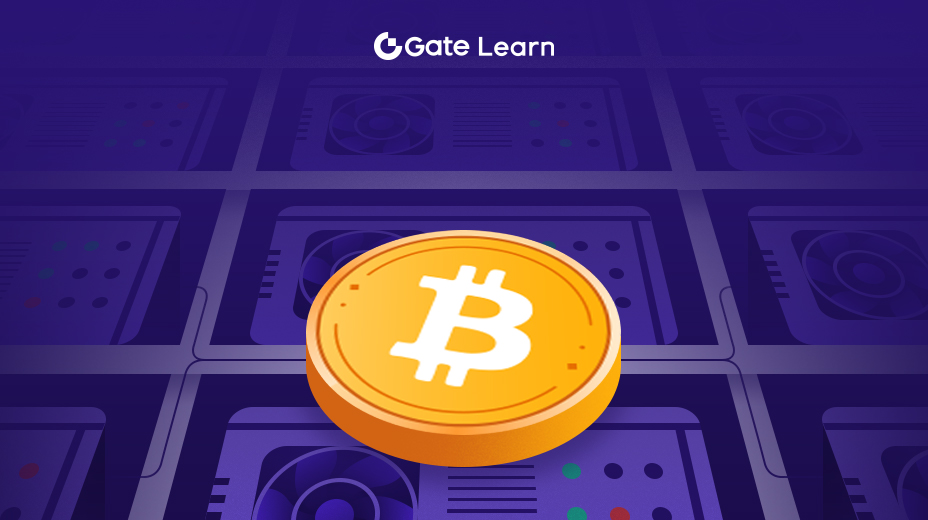
Beginner
Crypto Mining
In this course, you will learn everything you need to know about mining cryptocurrencies, including the different types of mining hardware, software tools, and strategies for reducing the environmental impact of mining. Whether you're a beginner or an experienced miner, this course will provide you with the knowledge and skills to succeed in this exciting and rapidly evolving industry.
Learn by Topic
Topics
Altcoins
Bitcoin
Blockchain
DeFi
Ethereum
Metaverse
NFTs
Trading
Tutorial
Futures
Trading Bots
BRC-20
GameFi
DAO
Macro Trends
Wallets
Inscription
Technology
Meme
AI
SocialFi
DePin
StableCoin
Liquid Staking
Finance
RWA
Modular Blockchains
Zero-Knowledge Proof
Restaking
Crypto Tools
Airdrop
Gate Products
Security
Project Analysis
CryptoPulse
Research
TON Ecosystem
Layer 2
Solana
Payments
Mining
Hot Topics
P2P
Sui Ecosystem
Chain Abstraction
Options
Quick Reads
Video
Daily Report
Market Forecast
Trading Bots
VIP Weekly Industry Report
ETF Leveraged Tokens
Top Stories
XRP
Pi Network
VIP Daily Industry Report
In-Depth Research
Gate Ventures
Weekly Report
Investment News
Perpetual DEX
Web3 For Beginners
Tron
Base
Protocols
Dapp
Crypto Card
BNB Chain
Gate Private Wealth Management
Platform Highlights
Brand Videos
Product Tutorial Videos
Difficulty
Beginner
Intermediate
Advanced
Latest Courses
More
Intermediate
Privacy and Compliance: Applications of Zero-Knowledge Proofs in Finance
Zero-knowledge proof (ZKP) is emerging as a key technology driving the integration of Web3 and traditional finance. This course explains why "public transparency" alone is insufficient to meet institutional-level financial needs, and how ZKP enables users and institutions to perform identity verification, auditing, compliant transactions, and cross-border payments without exposing sensitive information—truly achieving a balance between privacy and regulation.

Intermediate
The New Era of Quantitative Finance: The Convergence of AI and the Crypto Market
With the rapid evolution of blockchain, AI, and global capital flows, the crypto market is becoming the most active and groundbreaking experimental field for financial engineering and quantitative strategies. This course approaches the topic from three perspectives—market structure, technology-driven innovation, and strategy frameworks—to help you understand why the crypto market has achieved, in just a few years, innovations that traditional finance struggled to realize over decades: programmable assets, 24/7 trading, fully transparent data, and the revolution in AI-driven strategy generation and execution. Here, quantitative methods are not just tools but the core language of a new financial system.

Intermediate
Technical Analysis: A Useful Tool to Understand Trends in Futures Trading
Learn to interpret candlestick patterns and identify market trends. Build a technical analysis system to make informed trading decisions.
Latest Articles
More
Intermediate
CARV Deep Dive: Cashie 2.0 Integrated x402, Turning Social Capital Into On-Chain Value
Cashie 2.0 is a core module within the CARV AI Being system. It maps social interactions into verifiable, on-chain incentives by integrating the x402 payment protocol, the CARV ID identity oracle, and the ERC-8004 agent execution standard.
12-11-2025, 11:44:02 AM

Intermediate
Big Ideas 2026: Part 1
a16z has unveiled the first set of trend insights from "Big Ideas 2026", covering four major areas: Infrastructure, Growth, Healthcare, and the Virtual World. AI is evolving from a tool into a system, transitioning from understanding and generation to autonomous execution, collaboration, and creation. The article deconstructs key transformative concepts such as multimodal data governance, agent-native infrastructure, video models, collaborative vertical AI, preventative healthcare, and world models, presenting the most structurally impactful technological roadmaps and opportunities for industry professionals in 2026.
12-11-2025, 11:40:31 AM
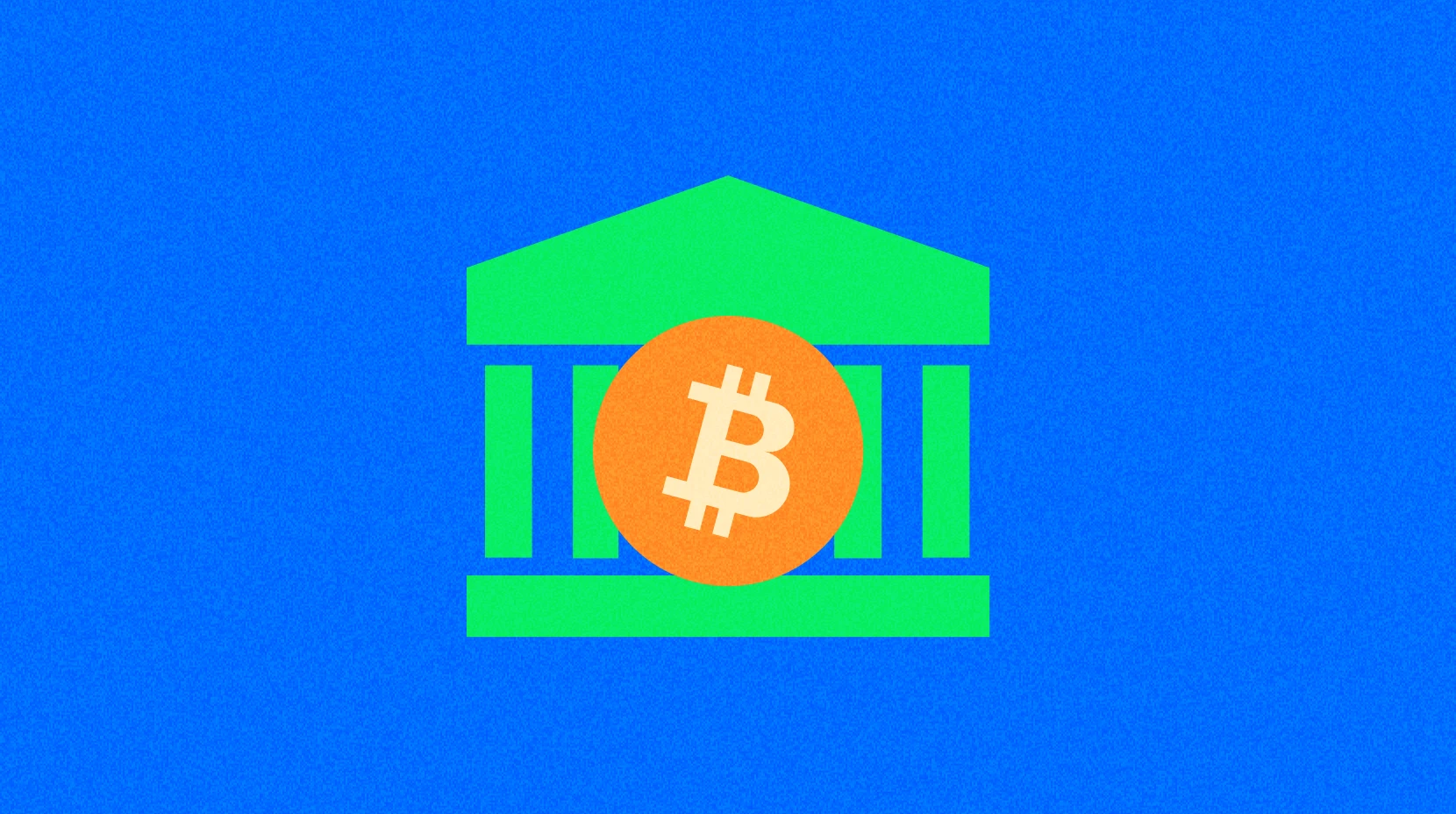
Intermediate
hyperfinancialisation
The article combines historical context, theoretical analysis, and contemporary phenomena, such as speculative behavior among retail investors and the rise of populism, to deeply reveal the mutually reinforcing cycle between financialization and gambling culture. It also prompts readers to reflect on the double-edged sword effect of market mechanisms and human fallibility on society.
12-11-2025, 11:37:34 AM
Latest Research
More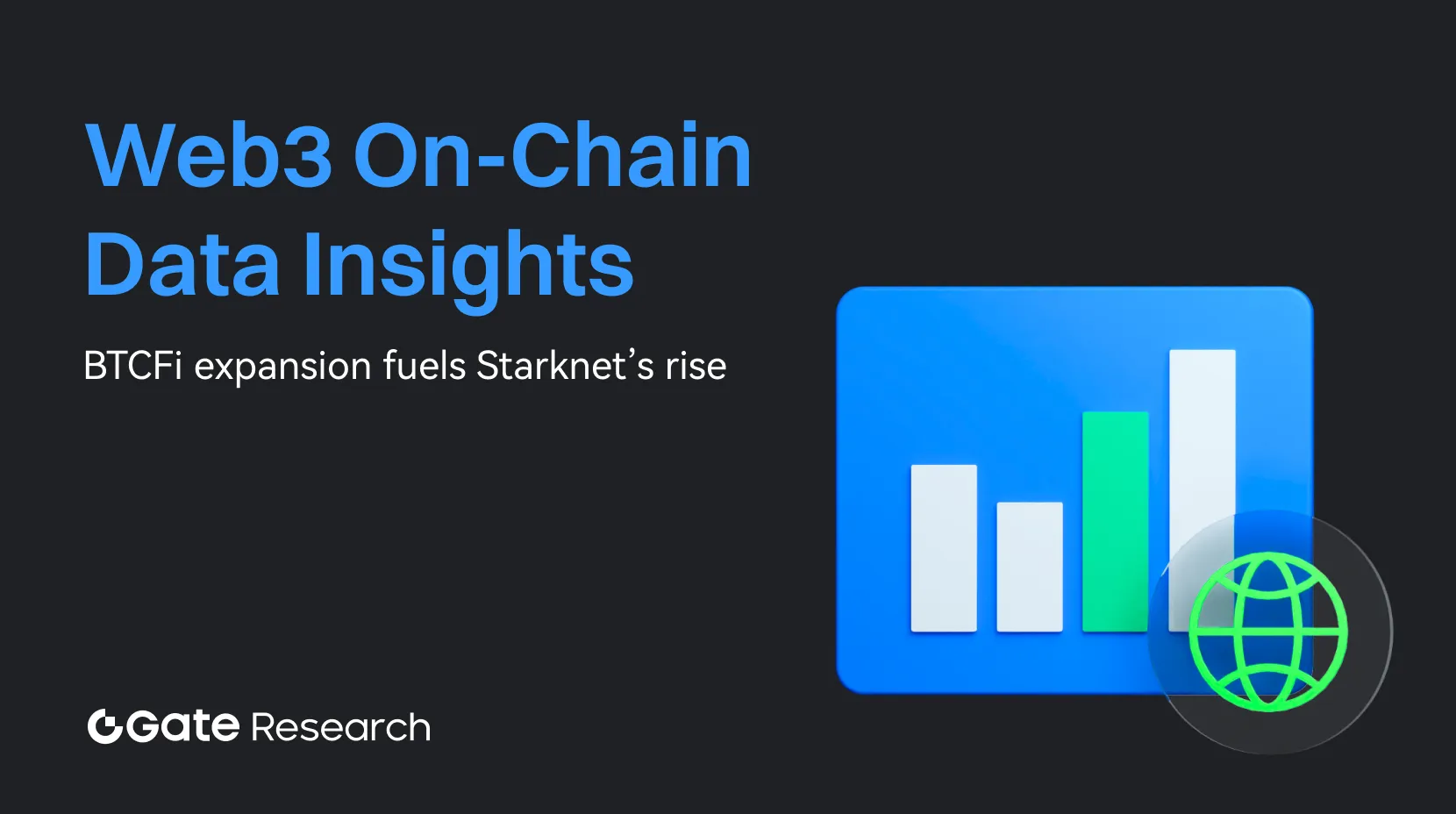
Advanced
Gate Research: BTCFi Expansion Fuels Starknet’s Rise, as High-Performance L1s and On-Chain Finance Narratives Gain Momentum|Web3 On-Chain Data Insights for November 2025
Gate Research: In November 2025, high-performance blockchains continued to dominate on-chain activity, with ecosystem stratification becoming increasingly evident. Solana maintained its lead in both transaction volume and active addresses through high-frequency interactions. Although Arbitrum remained in a low-activity range on the usage side, sustained net inflows driven by asset tokenization and institutional infrastructure expansion positioned it as a key focus of market capital. After breaking below short-term cost bases, BTC entered a repricing phase, with short-term turnover increasing while long-term holdings remained stable, shifting the market structure from strong-side consolidation to a pressure-driven equilibrium. The broadening BTCFi narrative also fueled a strong upswing in Starknet, drawing notable capital and user inflows. At the project level, Monad’s mainnet launch ignited the high-performance L1 narrative, rapidly expanding on-chain activity and application deployment, while Telcoin saw a s
12-11-2025, 7:45:02 AM
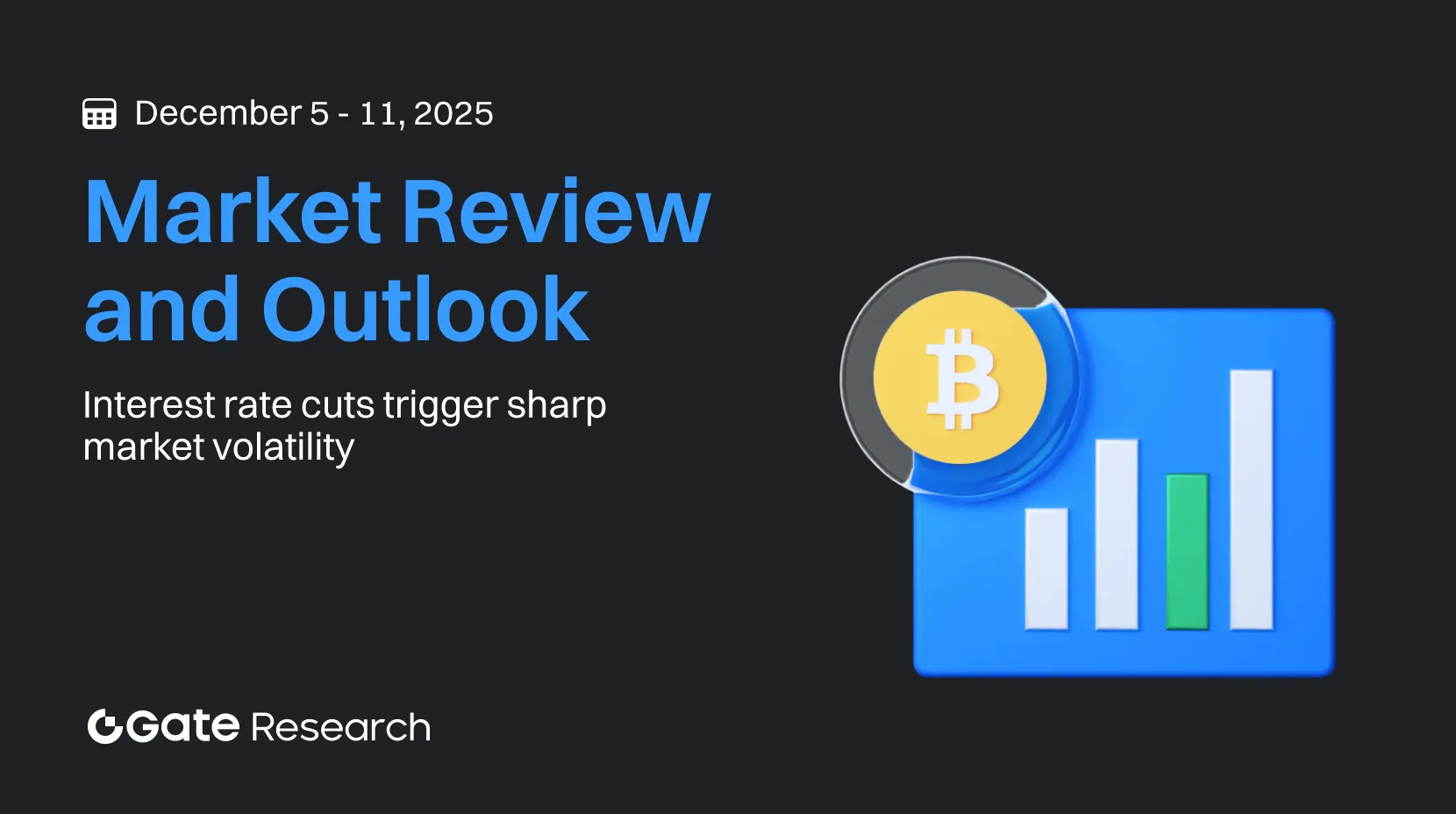
Advanced
Gate Research: Interest Rate Cuts Trigger Sharp Market Volatility|Major Banks Accelerate Adoption of Bitcoin-Backed Lending
Gate Research Weekly Report: BTC remained in a weak consolidation over the past day, repeatedly encountering resistance near 92,000 USDT, while ETH pulled back to the MA10 after a sharp upswing, showing signs of short-term momentum cooling. Market sentiment improved marginally, with capital rotating into the Ethereum ecosystem. Sectors such as Prediction Markets, GambleFi, ZK, and LRT recorded weekly gains of 18%–35%. Stablecoin market capitalization continued to rise, and gas fees remained at ultra-low levels. NIGHT, BEAT, and LUNA posted strong rebounds of 40%–60%, driven respectively by new listings, partnership catalysts, and technical bottom-recoveries. Major banks have begun offering Bitcoin-backed lending, while institutional BTC holdings have surpassed 1.08 million. Tempo’s testnet launch strengthened the narrative around on-chain payments, and expectations surrounding a potential SpaceX IPO as well as Stripe’s acquisition of Valora further boosted market attention. In the coming seven days, CONX, APT
12-11-2025, 7:19:03 AM

Beginner
Gate Research: Implied Volatility Remains Elevated as Gate Exclusively Launches Options Recurring Sell
This week, the crypto market remained in a volatile range amid macroeconomic disturbances, recent consecutive rate cuts by the FED have boosted short-term market sentiment, but investors’ concerns over structural issues such as long-term inflation, fiscal deficits, and the independence of monetary policy have not subsided. Additionally, the Bank of Japan’s rate hike this month is widely anticipated. Yesterday, Bitcoin spiked to a high before dropping over 2.2%, while Ethereum also surged then retraced, ending the day up 1.2%.
12-11-2025, 6:55:41 AM
Glossary
Moreapr
Annual Percentage Rate (APR) is a financial metric expressing the percentage of interest earned or charged over a one-year period without accounting for compounding effects. In cryptocurrency, APR measures the annualized yield or cost of lending platforms, staking services, and liquidity pools, serving as a standardized indicator for investors to compare earnings potential across different DeFi protocols.
fomo
Fear of Missing Out (FOMO) is a psychological state where investors fear missing significant investment opportunities, leading to hasty investment decisions without adequate research. This phenomenon is particularly prevalent in cryptocurrency markets, triggered by social media hype, rapid price increases, and other factors that cause investors to act on emotions rather than rational analysis, often resulting in irrational valuations and market bubbles.
nft
NFT (Non-Fungible Token) is a unique digital asset based on blockchain technology where each token possesses a distinct identifier and non-interchangeable characteristics, fundamentally different from fungible tokens like Bitcoin. Created through smart contracts and recorded on the blockchain, NFTs ensure verifiable ownership, authenticity, and scarcity, primarily applied in digital art, collectibles, gaming assets, and digital identity.
leverage
Leverage refers to a financial strategy where traders use borrowed funds to increase the size of their trading positions, allowing investors to control market exposure larger than their actual capital. In cryptocurrency trading, leverage can be implemented through various forms such as margin trading, perpetual contracts, or leveraged tokens, offering amplification ratios ranging from 1.5x to 125x, accompanied by liquidation risks and potential magnified losses.


Your Gateway to Crypto World, Subscribe to Gate for a New Perspective
